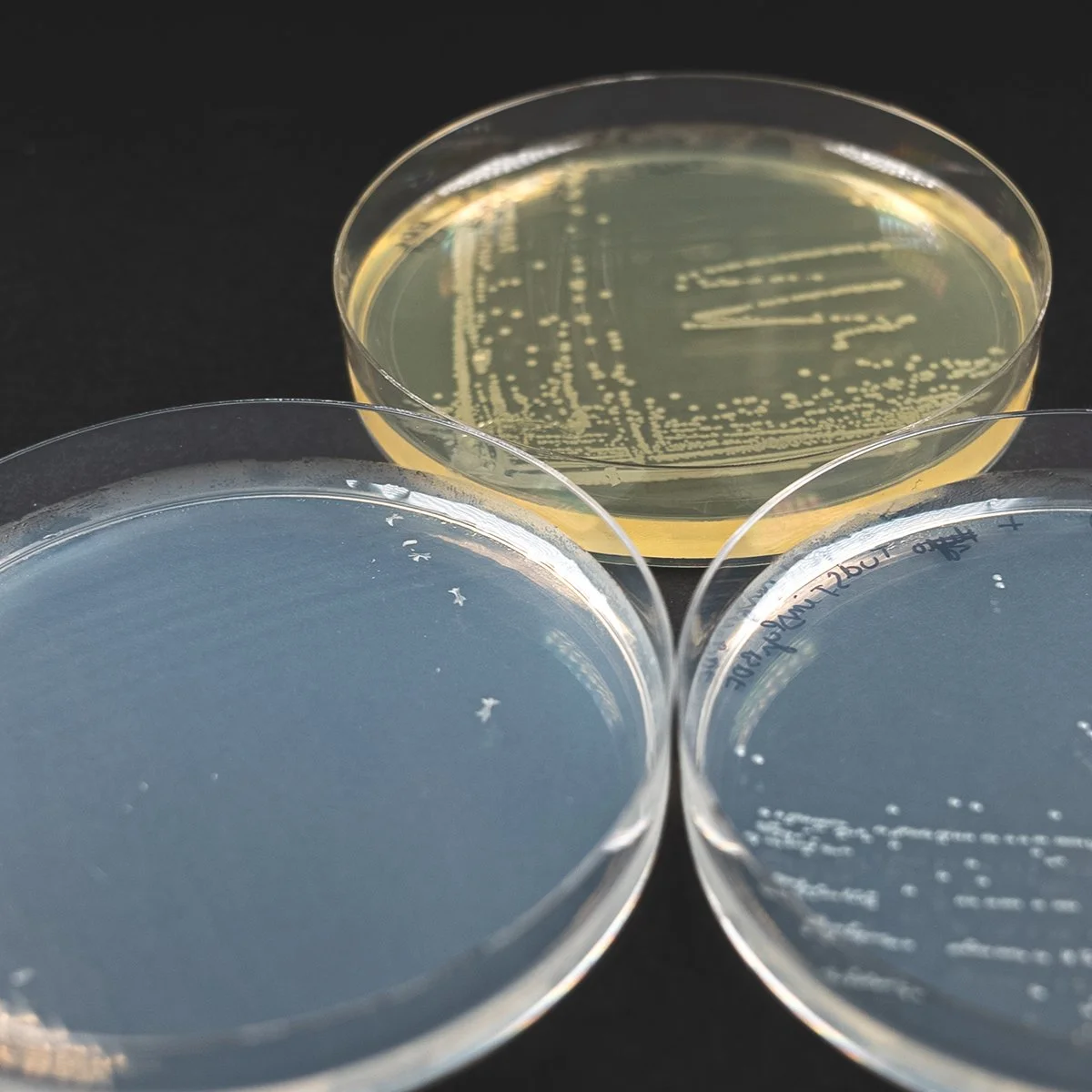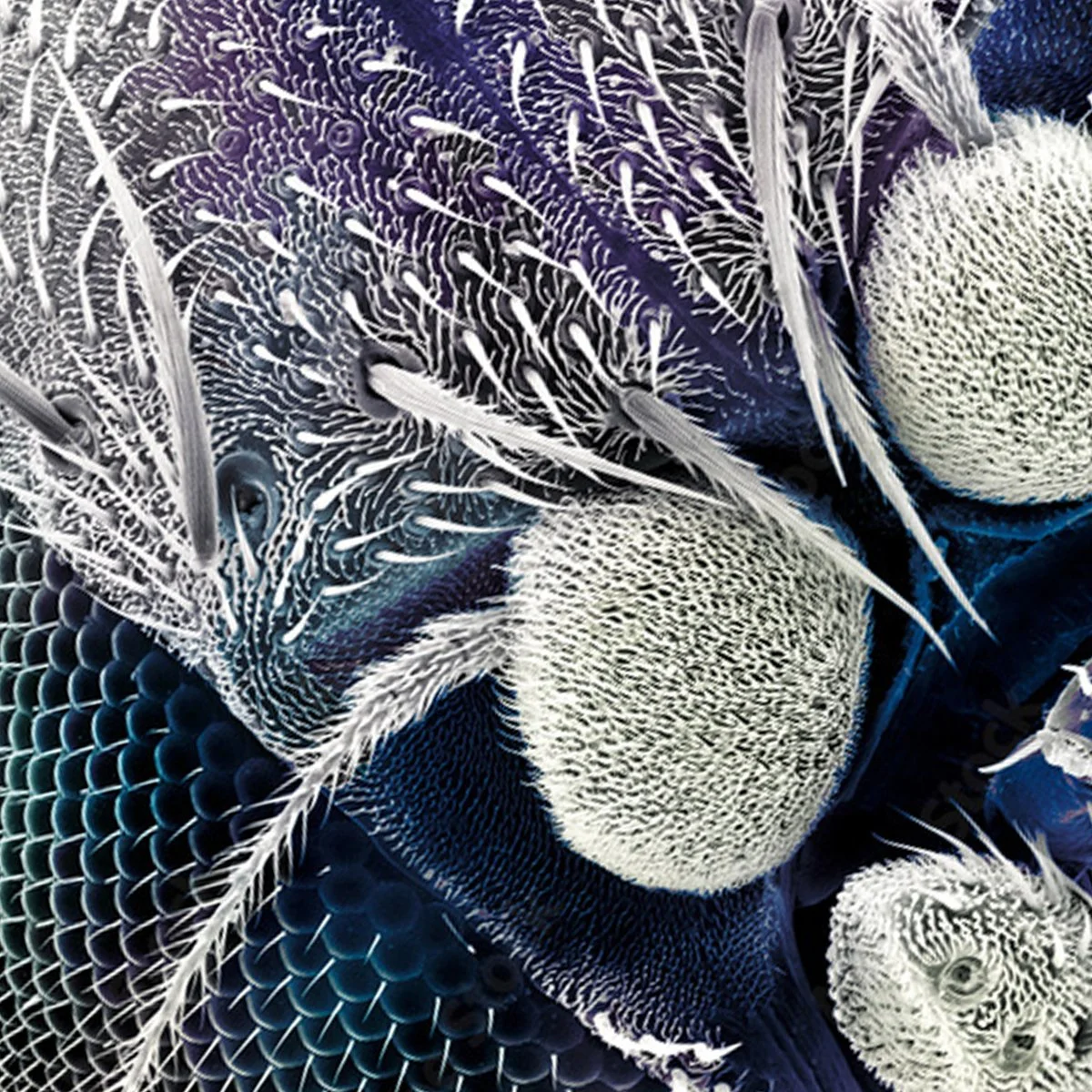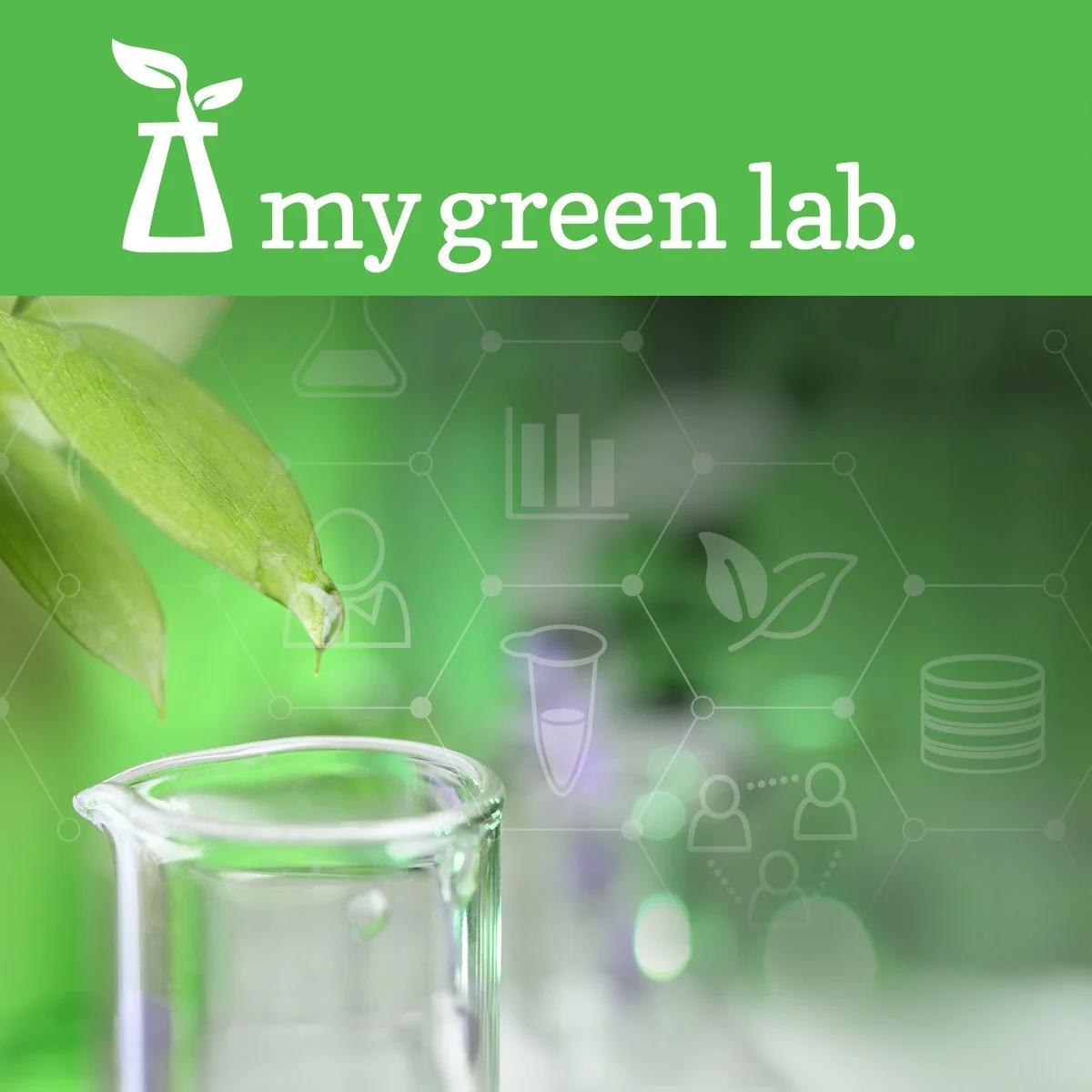Pollution that the public is unaware of...
Josh Resnikoff, our editor here at Labconscious, recently went on an excursion with 5Gyres to investigate plastic waste in our ocean, you can read his article “5 Trillion pieces of Plastic in Our Oceans” here. In his article he debunks the myth that there are huge masses of plastic products floating around the ocean, but rather there are tiny fragments of plastic dubbed micro plastic that exist just below the surface.
Despite there being tons upon tons of plastic in the Ocean, the issue is going mostly unnoticed to the public, partly because this is an issue that for most people cannot be seen. Most of this plastic soup exists way out in the middle of the ocean, collecting in ocean gyres and even if you were on a boat way out there, the calm surface of the ocean masks the turbulent reality below.
Hawai’i is one of those rare cases where you can see this issue manifest itself and for someone who lives here, it is frightening. This little archipelago, 2,400 miles from the closest landmass, is right at the epicenter of the North Pacific Ocean Gyre. This gyre, unlike many of the others, seems to be un-proportionally inundated with plastic, picking up debris from the eastern coasts of Asia and the western coast of America and Mexico. There is so much plastic concentrated in this gyre that it has earned the moniker, the Great Ocean Garbage patch. Due to Hawai’i’s geographic location some of the plastic ends up washing up on its shores. One can imagine the Hawaiian Islands acting like a giant comb, sifting out plastic debris from the passing gyre. It is estimated the plastic takes anywhere from 1 to 6 years to travel from continental shores before being trapped in the gyre where it can remain indefinitely. The problem is so bad that NOAA has been leading missions to the northwestern part of the islands to recover plastic marine debris; since the missions began in 1996, they have removed over 904 tons of plastic.
Hawaii’s beaches are visibly cluttered with plastic, it is not uncommon in some remote areas to see many large items scattered across the beaches but the majority of the plastic comes in the form of micro plastics, drifting in with the sand. By simply scooping up some sand in the palm of your hand, the problem becomes all too obvious when you notice that there are, in some places, more plastic particles than sand. On Island, the plastic issue is well known; local groups like Sustainable Coastlines Hawaii, routinely organize beach clean ups where they spread awareness about the issue and help clean up the beaches. I participated in many of these events and the amount of micro plastic they recover is staggering. The government is also taking note, setting up numerous projects through NOAA including their Nets to Energy Program, which incentivizes fisherman to recycle their derelict fishing nets rather than dump them in the ocean. With the no slow down in sight from the amount of plastic entering our ocean, one can imagine more innovative and broad reaching programs being developed in the future.
Aesthetically, the plastic is unpleasing but that is the least of our concerns. Local fauna, such as sea turtles, monk seals and seabirds are ingesting this plastic at an unprecedented rate. As Josh said in his article, this is clearly human problem. The EPA cites “improper waste management practices” on land as the number one way plastics enter our oceans but they also note that a significant amount of pollution comes from ships littering. Many of the single use plastic items we use everyday end up in the ocean. The solution is up to us; take a stand, bring a reusable shopping bag to the grocery store, stop buying plastic water bottles and do your part to stem the rising tide of ocean plastics.











MIT Professor Kristala L.J. Prather presented a compelling account of how bacteria engineered to perform chemical reactions are used in industry at our recent Go Green Symposium. It was a great lesson on unexpected downstream benefits from new chemical production approaches. Learn how cell-based industrial production fits into today’s biobased market trends.